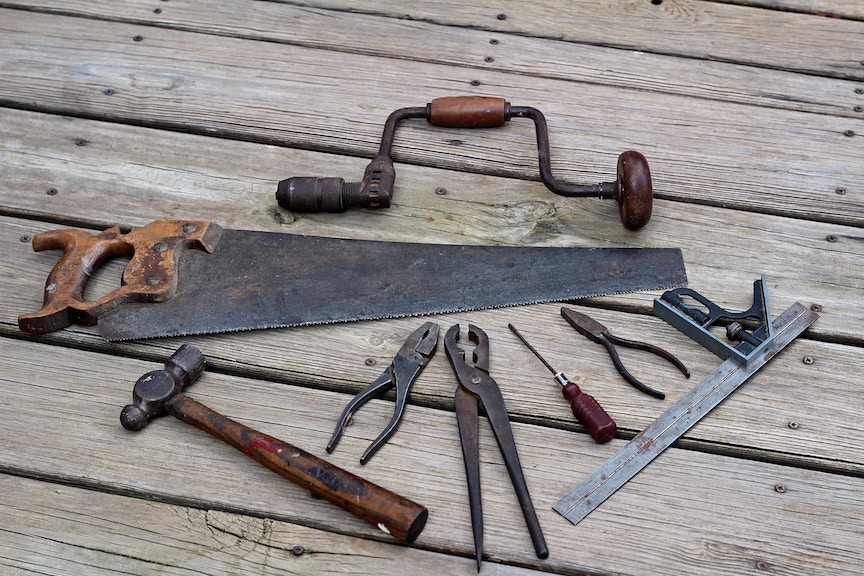Like many a junior high school boy, in my very early teens, I was assigned shop class. Hopefully, we have progressed enough as a society that young girls are also able to take those classes. However, with the shamefully under-supported schools we now have, I would not be at all surprised to find that most schools across the U.S. no longer offer such classes to anyone.
At Boynton Junior High School, shop class consisted of a stint melting plastic pellets into molds to form a little coin purse ( actually pretty fun but never in the running to capture my attention as the other two projects we were assigned). The second was learning how to handset type and use an old printing press, with which we all made something every 13-year-old boy needs: a business card. To this day I have a love for typography, and letter forms and I am still a practicing calligrapher. That seed was planted back in that shop class. The third project was to make something out of wood. Most of my classmates made birdhouses or little trays. The Raponi brothers were content just to take pieces of wood and spend the whole class grinding them into sawdust on the disc grinder. But the very instant I saw the room with the wood in it, and the tools hanging around the shop, my eagerness knew no bounds. I immediately set out to build a chair. That was, as they say, all she wrote. I have never stopped living to be at a workbench with a few pieces of beautiful wood, a hand plane or two, and my very sharp chisels.
By the time I got to high school, the myopic school administration kept trying to dissuade me from taking “shop “ classes. I should focus on academics to point me toward college. They really were relentless about it, so I finished all my high school requirements by midway through my sophomore year and they threw up their hands and I spent most of my last years in high school in the woodshop, the home-ec class making cookies, the auto mechanics shop and a couple more periods in the woodshop. Fidgeting while the shop teacher droned on at the beginning of every class, I would leap from my chair in unbridled joy when he finally stopped and said, “OK , let’s go to work”.
Later, now ensconced in college, I still lusted to work in wood, but again I was pulled aside by some patrician snob who haughtily informed me that, “Here at Ivy League universities we don’t engage in trade work.” So, I dove into the sculpture studio where most of my work looked suspiciously like furniture. After school, I piled my few belongings into an old Volvo, traversed Canada, and settled in Seattle.
With a few college debts to wrestle with, I realized that I would need to find work. My first thought was to do what I had assumed would be my career since I was four: nope, not fireman or astronaut. I wanted my whole life to be a lawyer who fought for the rights of Native Americans. Besides, there were not too many jobs where they paid you to spend long hours reading, and I loves me some reading. But, my imagination took flight and the following chain of thoughts ran their course in less time than it will take to read them:
IF I pass the Law SAT’s, and IF I get accepted to law school, and IF I manage to survive law School, and IF I pass the bar exam, and IF I get offered a job in a law firm, you can be damned sure they are going to stick this newbie in a windowless office with an oak Formica desk. And then I am going to be unable to work at a cheap plastic desk, so I will be forced to build myself one out of ebony with hand-dovetailed drawers and silver inlay, and then I will be sitting there and people will walk in and say, “I do not know how good a lawyer you are, but I’d love for you to make me a desk.” So, I decided, why meander through all that rigmarole? Why not just start making furniture? Honestly. That’s how long it took, and I have been making furniture for the last 42 years. ( Footnote: A prospective client came to see me some years ago, and we got off track and into a spirited discussion about politics, when all of a sudden he leaned back and said, “you should have been a lawyer”. You just can’t win.)
How I went about gaining and refining the skills necessary to be a furnituremaker is another story.



